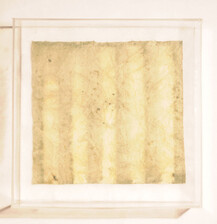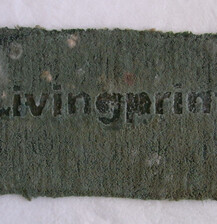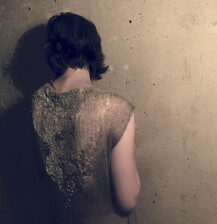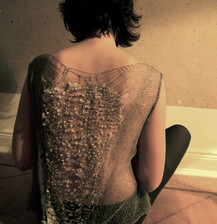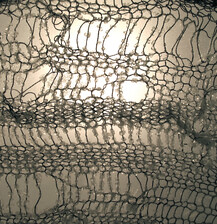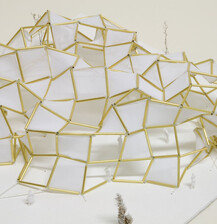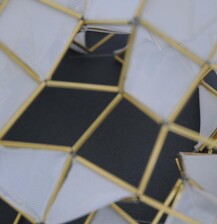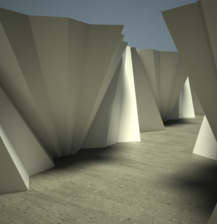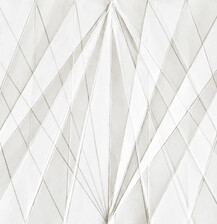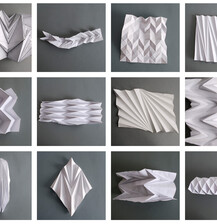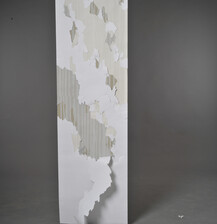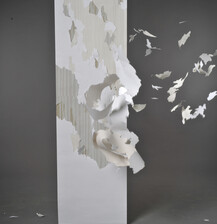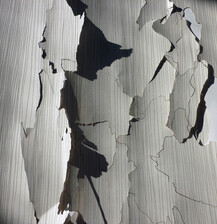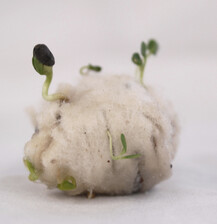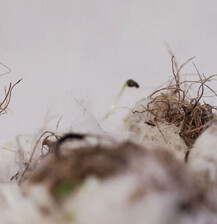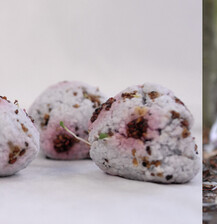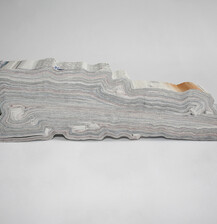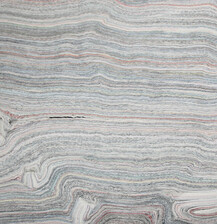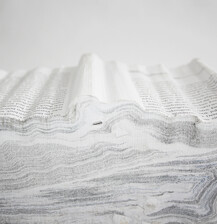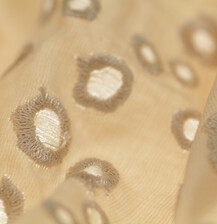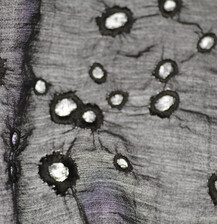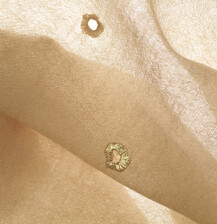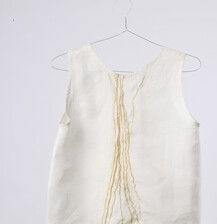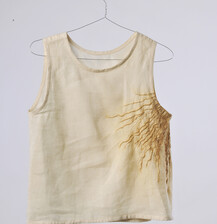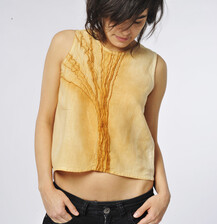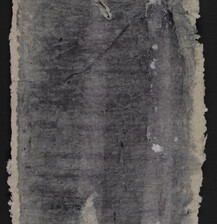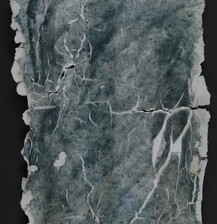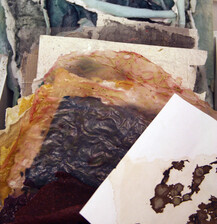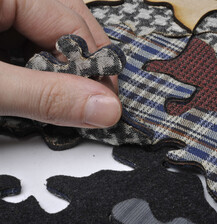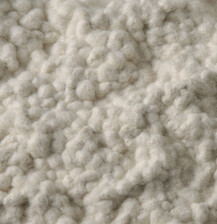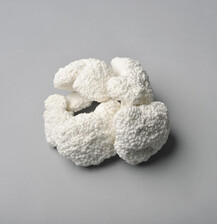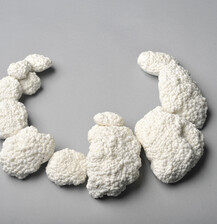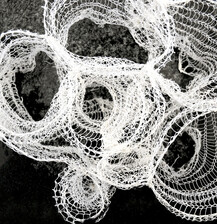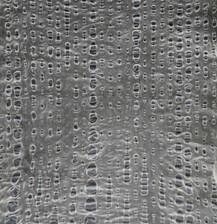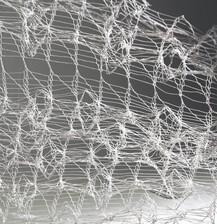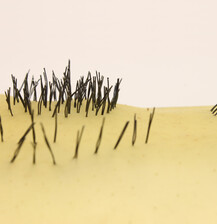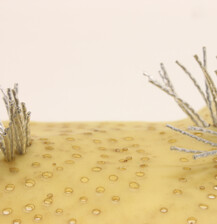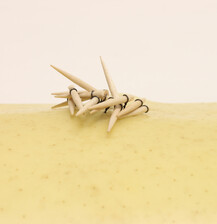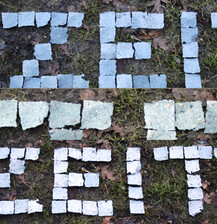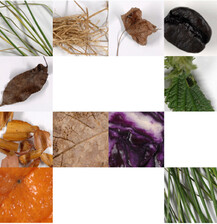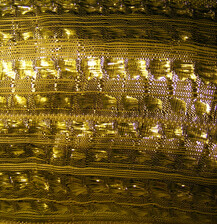Wintersemester 2010/11,
BIO.logics - Learning from Nature
Teilnehmer:
Ai Kagoshima; Carlotta Kramer-Klett; Carolina del Pilar; Christine Hausen; Henriette Ackermann; Ixmucané Aguilar und Elisa Bombled; Jennifer Maier; Julia Klug; Kozue Kawajiri; Linda Lezius; Nadia Guerroi; Nina Fabert; Soyoung Park; Sviatlana Husakova; Tamara Eggs; Timo Moors
Through the course of evolution nature has
developed and constantly optimized its strategies
and systems thus establishing its own
logics for best design and performance of its
organisms that are around for much longer
than humans are. Therefore, not surprisingly,
nature has been a constant source of inspiration
and reference in the design of the human
environment, serving as a model, metaphor or
as a material for designers, architects, artists
and engineers.
The »model of nature« with its structures and
organising principles, does not only inspire
the widest range of concepts and design processes,
but can also be expressed in a broad
spectrum of forms, functions and textures.
We can interpret nature's lessons on several
levels to produce meaningful design. We
can read it literally, thus focusing on its
efficient use of materials and energy, its
self-organising and self-sustaining principles,
its diverse but symbiotic ecosystems
or certain mechanisms for translation into
new materials, products or systems. Nature
can also be interpreted more metaphorically
thus serving as a reference point for designs
and systems that endorse values such
as lightness, balance, flexibility, participation,
playfulness or a sense of wonder. Or
we can study the physicality and aesthetics
of nature's materials, structures and forms,
exploring their sensory qualities.
During the project »BIO.logics – Learning
from Nature« students did not simply depict
or imitate nature but used it as a starting
point and reservoir of inspiration to explore
the relationship between man and his environment.
They studied the structures, principles
and »technology« of biology as well as
approaches to biomimetic design in order to
learn from nature in their studio practice
work. Within the context of textile and surface
design, by investigating strategies and
mechanisms observed in nature, they conceptualized
and developed new materials, surfaces,
systems, models, processes or objects.
